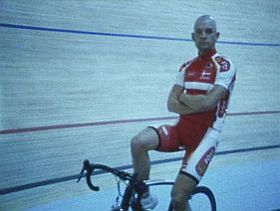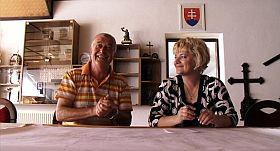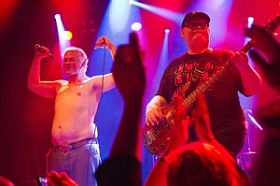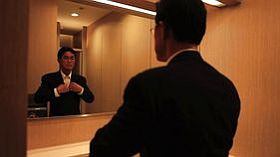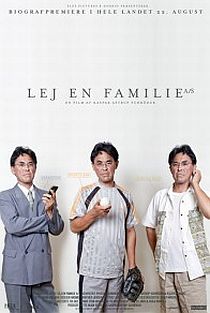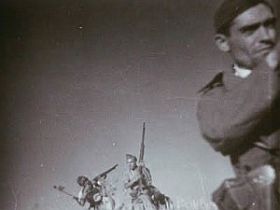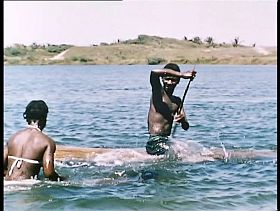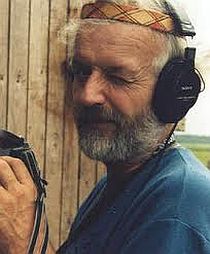


Fatima Varhos: Bergmans video
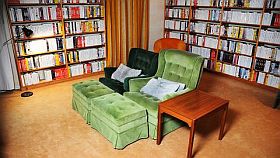
Jeg havde glædet mig meget, nu er jeg lidt skuffet. Ja, tænker, at myten om Bergmans filmsamling, hans videorum var bedre end at have set stedet, set de to lænestole, været i huset igen. Sidst sad Lena Endre og Erland Josephson i den brede vindueskarm i arbejdsværelset ved siden af, med udsigten til havet. Det var i den dejlige Trolösa (2000). Nu sætter Tomas Alfredson sig der. Jeg kan ikke rigtig lide det. Jeg kan ikke rigtig lide måden (i tv-programmets sært akavede stil), han nærmer sig huset på, kommenterer arkitekturen og tømrer / snedkerarbejdet på. Det er da ikke dybt nok? Han tager godt nok skoene af, da han bliver bedt om det. Ja, Fåröhuset er nu museum. Videorum og arbejdsværelse mindestuer, hvor støvet lægger sig. Jeg kan ikke rigtig lide det.
Tomas Alfredson er første afsnits gæst i huset og temaet er komedien. Bergmans komediearbejder eller komedieformen i al filmæstetisk almindelighed? Det er ikke helt klart. Vist heller ikke for Alfredson. Han går omkring og piller lidt ved tingene, kommer med sine usikre bemærkninger og fortæller om et projekt med Bergman, som aldrig blev til noget, en anekdote om Bergmans uvilje mod mobiltelefoner fæstner sig. Jeg ville vist helst ikke have hørt den. Den er ikke morsom, den fortæller om en gammel mand, siger ikke noget om den gamle mands filmkunst. Vil dette tv-program være en ugebladsartikel eller vil det være et seriøst Bergmanstudium? Jeg tror det sidste, men det ligner det første.
Gæstens besøg i huset og i samlingen er hvert afsnits ramme, ser det ud til. I den ramme er i en tydelig kapitelinddeling anbragt en række interviews. Tomas Alfredson får også sådan et, men kommer ikke tættere på Bergman der heller. De øvrige er Robert De Niro, i sig selv en oplevelse og lidt for mig ny viden om de Niros humor. Men tættere på Bergmans humor kommer han ikke. De øvrige interviewede, filminstruktørerne Alexander Payne (Sideways, 2004), Wes Anderson (Rushmore, 1998) og Agnès Jaoui bidrager så vidt jeg kunne høre heller ikke til vores Bergmanforståelse. Men måske, måske var det heller ikke meningen? Jeg vil prøve trofast at hænge på de kommende afsnit. Det kan sagtens blive meget bedre. Og så vil jeg lytte omhyggeligere ind til Jane Magnussons og Hynek Pallas’ interviews, prøve at finde ud af, hvad det egentlig er de vil og vurdere de svar, de får. Finde ud af om det er Bergmans filmkunst, det drejer sig om, eller hvad det er.
Fatima Varhos: Bergmans video, Sverige 2012. Seks tv-programmer i serie. En række interviews ved Jane Magnusson og Hynek Pallas. 1. afsnit set på SVT1 i aftes. Genudsendes i dag over middag. Kan også ses på http://www.svt.se/bergmans-video/ 2. afsnit følger 29. august.
